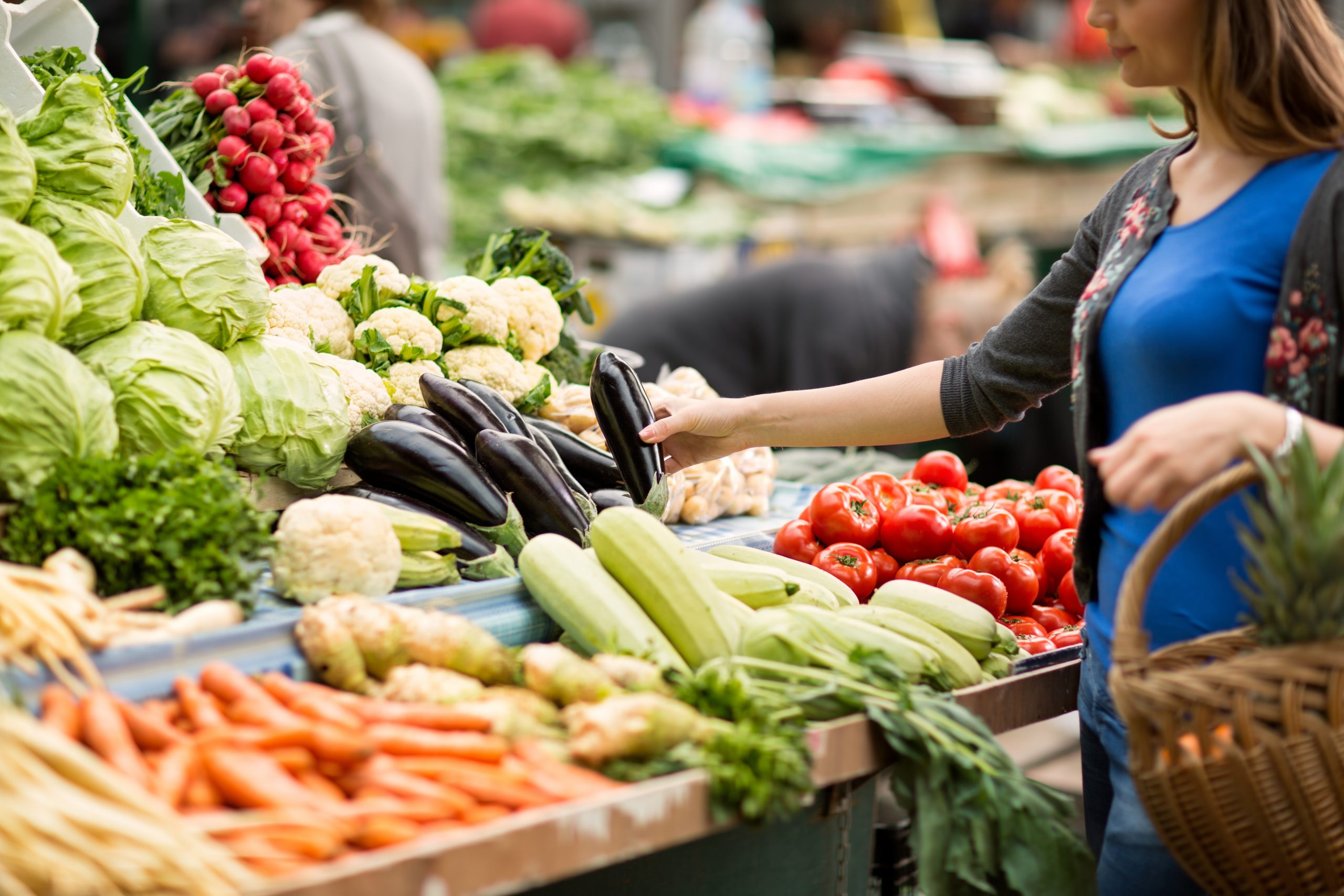
War against weeds: Twenty years on
13 March 2020
Fact sheets: Recycled organics for vegetable growers
17 March 2020A strategic levy investment under the Hort Innovation Vegetable Fund, project VG12094 focused on the optimum vegetable portion size for consumer needs and sought to explore the potential for increased purchase as well as consumption of fresh vegetables. The research, completed in 2014, focused on six vegetables including carrots, pumpkin, cabbage, cauliflower, celery and broccoli.
Consumers, in general, do not like wasting vegetables. According to research, at an emotional level, they feel guilty for paying for what they do not use. At a rational level, they do not like paying for vegetables that don’t stay fresh for as long as anticipated, as well as purchasing too much of the vegetable due to the limited sizes available, or paying for parts of the vegetable that cannot be eaten.
The research found that consumers would rather pay more per kilo if it meant wasting less of the vegetable product. As a result, they have consciously adapted their behaviour to avoid vegetable wastage, with 81 per cent of consumers trying to purchase the right amount of vegetables for their needs. In a recent study, it was found that half of the participants often limit or never purchase cabbage or cauliflower due to wastage concerns, with both vegetables being too big for many households. Purchase limitation of broccoli, pumpkin, celery and carrots is also evident, however less pronounced.
Ultimately, there is a natural level of wastage due to the way some vegetables are structured. Consumers dislike buying the ‘surplus’ parts of vegetables, and want to know how to use them. This can result in in-store tampering to avoid paying for what will not be used, such as pulling the leaves off broccoli stems.
Analysis
While there is not necessarily one optimum or preferred portion size for each vegetable, it is hypothesised that offering a wide range of alternatives will result in an overall uplift in consumption.
Also, consumers would welcome a consistent availability of the ‘standard’ vegetable options. Georgina Woodley, Project Leader at market consultant company BDRC Jones Donald, said the most surprising finding from the research was that consumers, despite the focus on convenience and packaging available at the retail level, still look for fresh and naturally presented vegetables, rather than a greater level of pre-packaging and processing.
The researchers provided four recommendations to industry, all of which could lead to increased purchase and consumption of different vegetables:
- Retailers will benefit from offering more of the same standard portion options.
- Removing ‘excess parts’ of the vegetable will enhance perceived value. • Smaller versions of vegetables should be considered.
- Industry should provide greater inspiration about how to store and prepare vegetables.
Practical application
So, what do the findings of this report mean for growers?
Ms Woodley said the best approach to implementation will depend on the scale of the grower and the nature of their relationships with retailers.
“Those supplying to the larger retailers would certainly have scope to engage directly in conversations about their appetite for alternative vegetable portion sizes. Those supplying at a smaller scale could consider banding together and look at supplying alternative portion sizes,” she said.
Find out more
Read the final report for project VG12094 on the InfoVeg database.
Optimum Vegetable Portion Size to Meet Consumer Needs was funded by Hort Innovation using the vegetable research and development levy and contributions from the Australian Government.
Project Number: VG12094

